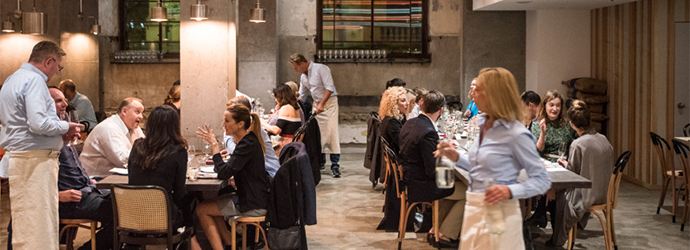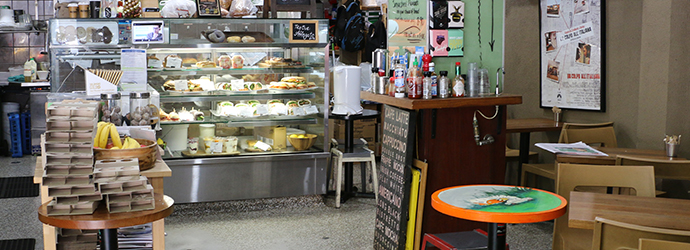The Global Fintech PR Network is the world’s first network of PR agencies specialising in financial technology – or ‘Fintech’.
The new network so far consists of eight independent PR agencies, based on five continents, all sharing the same dedicated focus in delivering high-quality PR, communications and strategic advisory services to clients in the fintech industry around the world.
The network enables member agencies to offer their local clients a global perspective on the fast-moving fintech industry. It is also an efficient platform for collaborative servicing of clients operating across geographies and to help organisations within the fintech space:
- Gain a truly global perspective across diverse audiences
- Work with leading agency specialists in each locality
The idea for the network originated in Copenhagen earlier this year with the partners behind Norfico – the first dedicated fintech advisory and PR agency in the Nordics (Kristian T. Sørensen and Michael Juul Rugaard). Their effort to establish the network quickly became a global project once they had identified and reached out to like-minded agencies from other geographies, all of which welcomed the initiative.
From the outset, industry knowledge was key to agency selection, with Michael Juul Rugaard saying “We firmly believe that the key to creating real value for our customers is to specialise and maintain deep industry knowledge. It becomes especially evident in highly sophisticated and complex industries like fintech.”
The founding PR agencies are based in Austin, Copenhagen, London, New York, São Paulo, Singapore, Sydney, and Tel Aviv, and the network is expected to expand further, both in terms of member agencies and geographical coverage.
List of founding members of The Global Fintech PR Network:
Austin, Texas: Manzer Communications (www.manzercommunications.com)
Copenhagen: Norfico (www.norfico.net)
London: MD Consulting (www.mdconsulting.com)
New York: Vested (www.fullyvested.com)
Sao Paulo: Nobiletec (www.nobiletec.com)
Singapore: Bowlah PR (www.bowlah.com)
Sydney: Honner (www.honner.com.au)
Tel Aviv: Spicetree Communications (www.spicetreecom.com)
Dan Simon, CEO of New York-based fintech PR agency Vested, says:
“For agencies in this network, some of the main advantages will be lead sharing and joint servicing of international customers. I see a rapidly growing demand for our services, and I hope that together we can locate more agencies to join the network.”
Paul Cheal, General Manager at the Australian PR agency Honner adds:
“Fintech is becoming progressively mainstream. As a group, we can support our clients’ international aspirations backed by a network of highly specialised agencies in leading markets across the globe.”
Caroline Bowler, the founder of Singapore-based Bowlah PR, says:
“Establishing a global network of agencies within fintech could turn out to be a huge advantage for a large number of our clients. Fintech is born global; our clients need and depend on agencies with an in-depth knowledge of their industry and with a world-spanning network.”
Please also visit the network’s website at www.globalfintechprnetwork.com












